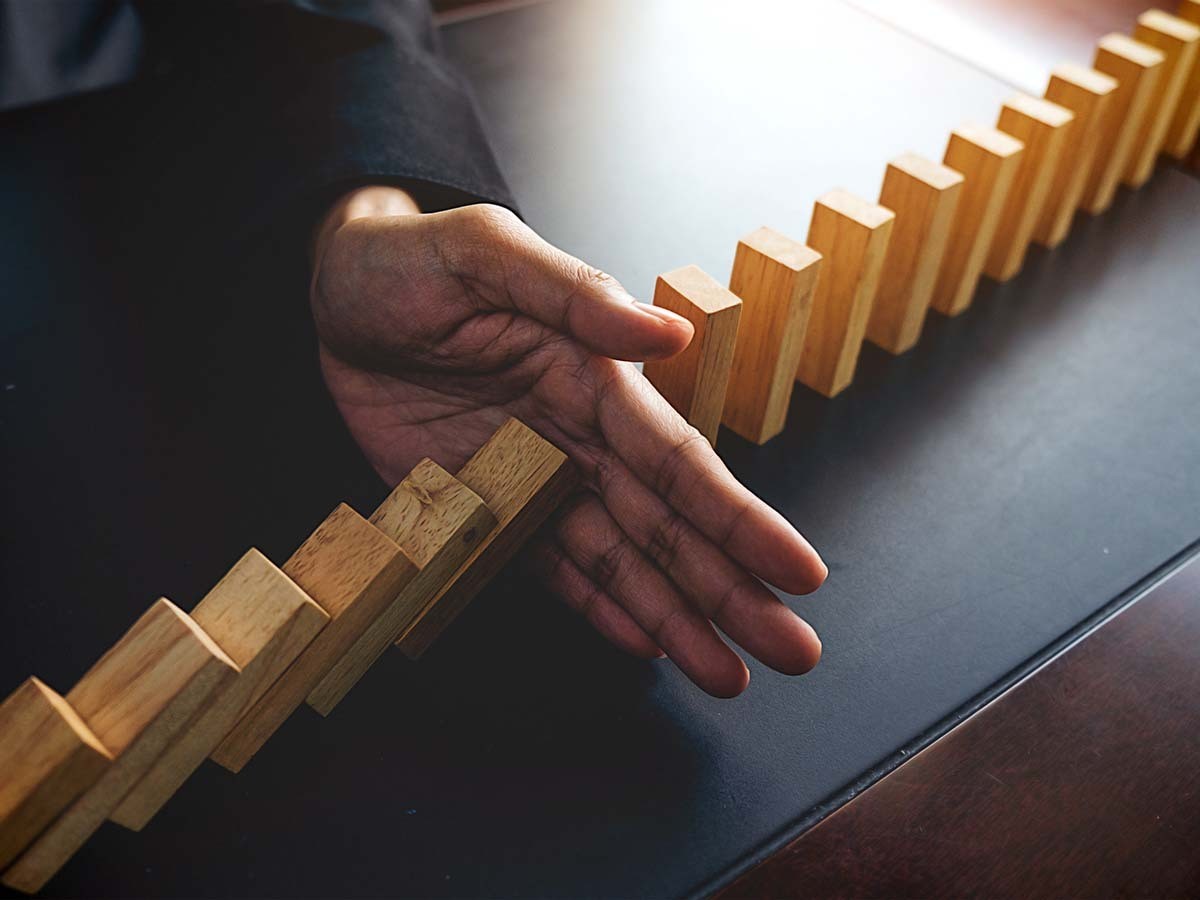
Listen to the article
TL;DR: In this blog, we focus on how financial inclusion for women helps achieve gender equality. Financial inclusion doesn’t occur in isolation; it’s a combination of financial, digital, and wage gaps. Joint efforts in each of these areas doesn’t only foster gender equality, but it also collaborates with women’s safety and wellbeing.
Financial inclusion is not a new phenomenon. However, its dramatic growth over the last ten years has made it a pressing matter. Since 2011, more than one billion people have opened a bank account at a financial institution. Women in many parts of the world still remain at the fringes of financial inclusion. In other words, they have fewer opportunities to gain control over their finances.
According to the International Labor Organization, financial inclusion can be both a catalyst and a barometer of gender equality. However, few people are aware that having a bank account or being able to ask for a loan can save the lives of thousands of women. As part of International Women’s Month, this blog will explain how accessing a full range of financial services can not only empower women and girls, but also help achieve gender equality, and save the lives of many women.
Let’s start with work
Women and feminized bodies have entered the workforce in record numbers for over a century. Nevertheless, they’re more likely to be paid less, have low-wage jobs, and live in poverty. According to the Economic Policy Institute (EPI), the gender wage gap in the United States still leaves men at a considerable advantage. In 1979, a woman’s hourly earnings were 62.7 percent of a man’s. Forty years later, they were 82.9 percent of what a man earns.
Although women’s wages have improved over a period of 35 years, the gap still persists. In that same report from the EPI, women’s wages in the 10th percentile were similar to men’s wages. In this case, wage uniformity is largely due to minimum wage. High earners “only make 78.6 percent as much as their male counterparts.” There’s more.
Education and race play an important role in wage disparity. Black women and Hispanic women earn at least 25 percent less than white women. White women, in turn, earn 81.8 percent of what a white man makes. Also, the higher the education degree, the more likely it is for the pay gap to increase. Women with college or more advanced degrees are at a loss here. The average wage difference between educated men and women is $10 per hour.
Analyzing gender pay gaps
Why do gender wage gaps occur? A study by Francine Blau and Lawrence Khan analyzed wages over a period of 30 years. They found that 41.1 percent of the overall pay gap is still unexplained. “Discrimination is multifaceted,” states the report, and it “manifests itself in how women are disproportionately steered toward careers or even college majors that provide a lower wage payoff, or in how social expectations (…) still push a large share of household labor on to women (…).”
Because of the many factors that influence such a phenomenon, closing the gender wage gap takes a systemic effort. The UK Government Equalities Office states that “to move the dial on equalizing pay, we need to debias systems, not people”. Some of the actions suggested requiring employers to include women in shortlists for recruitment and promotions, using skill-based assessment tasks in recruitment, and encouraging salary negotiation by showing salary ranges.
Financial inclusion for women: A multidimensional problem
How does financial inclusion fit into this? A World Bank report entitled “Financial Inclusion, Women and Building Back Better”suggests that, for low- and middle-income economies, men are 9 percentage points more likely to have a bank account. Government efforts responding to the COVID-19 pandemic veered the situation into a different direction. Digital government payments offered many women the opportunity to open a bank account for the first time. Throughout this period, nearly 80 million women opened their accounts to receive relief and recovery payments.
There’s a considerable caveat to digital banking: it depends on connectivity and access to digital devices, such as mobile phones. However, women are less likely than men to have a mobile phone”. In South Asia, for example, women are 26% less likely to own a mobile phone than men. According to the US Department of State, “the gender digital divide poses a threat to economic, social, and political progress.”
Bridging the digital divide seems to be a key pillar to ensure gender equality. Countries around the world started establishing nation-wide policies to reduce the gap. For example, in Korea, the Act of Promotion of Information and Communications encourages the government to promote widespread Internet use regardless of the region, gender, and age. Mexico’s General Law of Equality between Women and Men guarantees equality of opportunities between men and women, which include access to Internet services.
Despite government-wide efforts, women still lag in financial literacy. In the same World Bank report mentioned earlier, evidence suggests that financial capability is strongly related to accessibility, to financial services, and business opportunities. In such cases, countries such as Colombia use technology to provide useful financial information that helps women have better tools to administer their finances.
Safety and financial inclusion for women
There’s strong statistical correlation between financial inequality and violence against women. A 2021 working paper published by the World Bankfound that the gender wage gap directly influences intimate partner violence in Brazil, for instance. According to such a report, “findings suggest that an improvement in the gender wage ratio among women in urban settings is mainly associated with a reduction in homicides.”
The study indicated that a decrease in the gender wage ratio is associated with a reduction of the most severe reports of violence, too. That wasn’t the case in preventing less severe forms of violence, however. In the latter, results could go either way: in some districts, police reports went down whereas, in others, they increased. These findings also suggested that public policies aimed at protecting women should include chapters in financial inclusion and economic security.
A joint effort
According to a Gallup survey, women consistently feel more insecure than men. Although the report talks about insecurity in very broad terms, many international organizations agree that ensuring financial security becomes a powerful step towards women’s safety. Therefore, facilitating access to a digital bank account, for instance, becomes of uttermost importance.
Grants and incentives targeted at bridging the gender gap should consider the digital and financial divide. A recent example is the United Nation’s Joint Programme on Universal Social Protection, which has considered the implementation of a Universal Basic Income for women in the East Caribbean. Several studies noted that women designated as beneficiaries in these programs are less likely to own a bank account, let alone a digital one.
Solutions should be comprehensive. Achieving gender equality won’t benefit from one or two isolated efforts. This will occur through a series of measures that aim at ensuring better access to different services.
Was this article insightful? Then don’t forget to look at other blog posts and follow us on LinkedIn, Twitter, Facebook, and Instagram.










